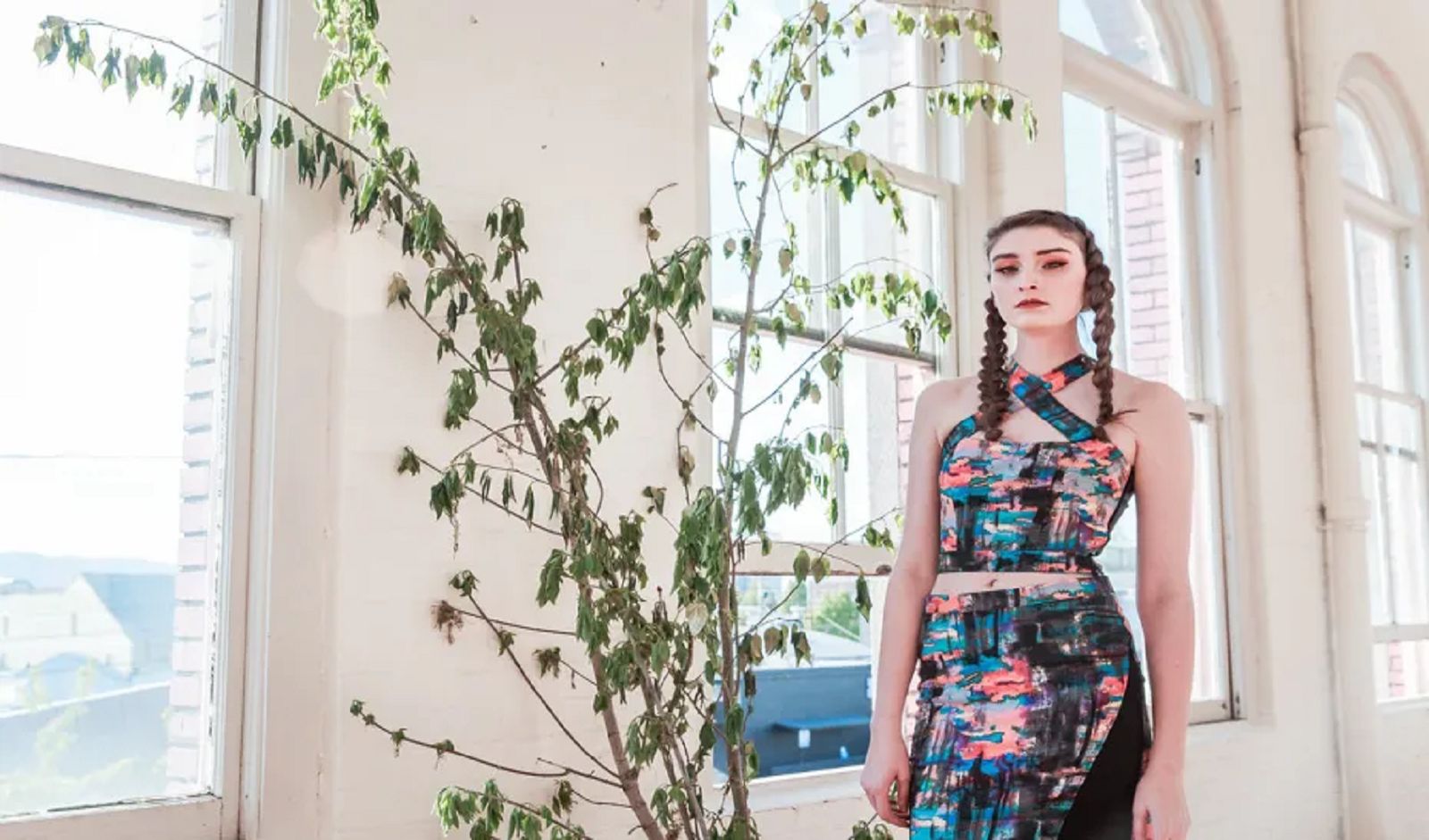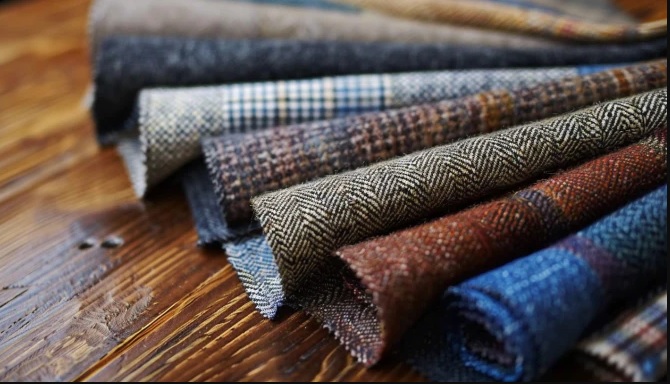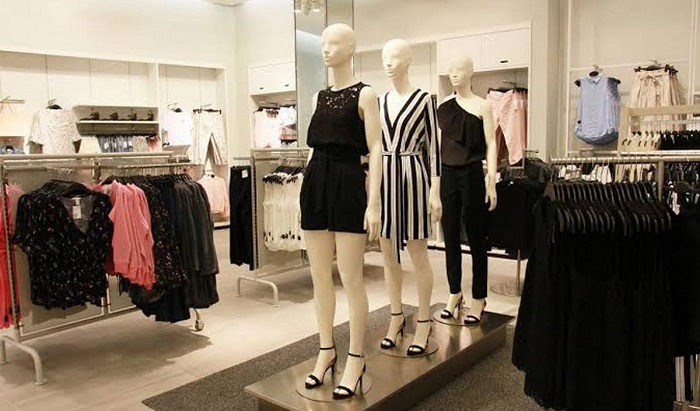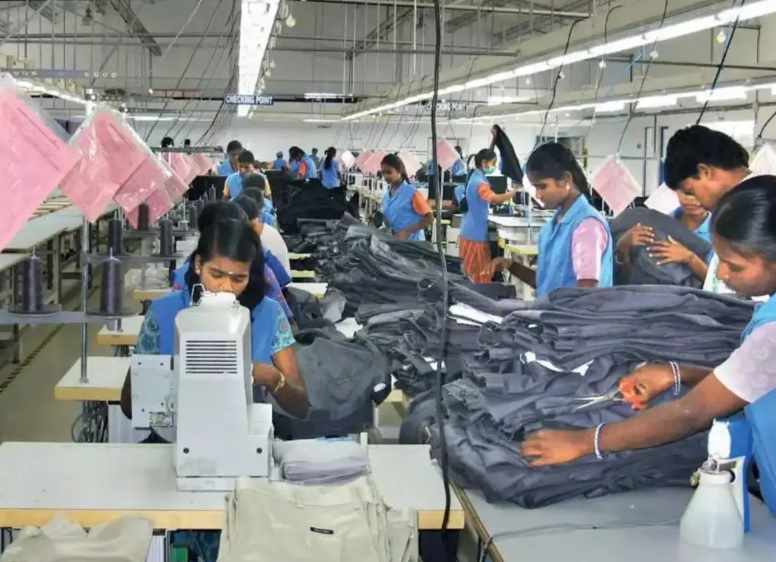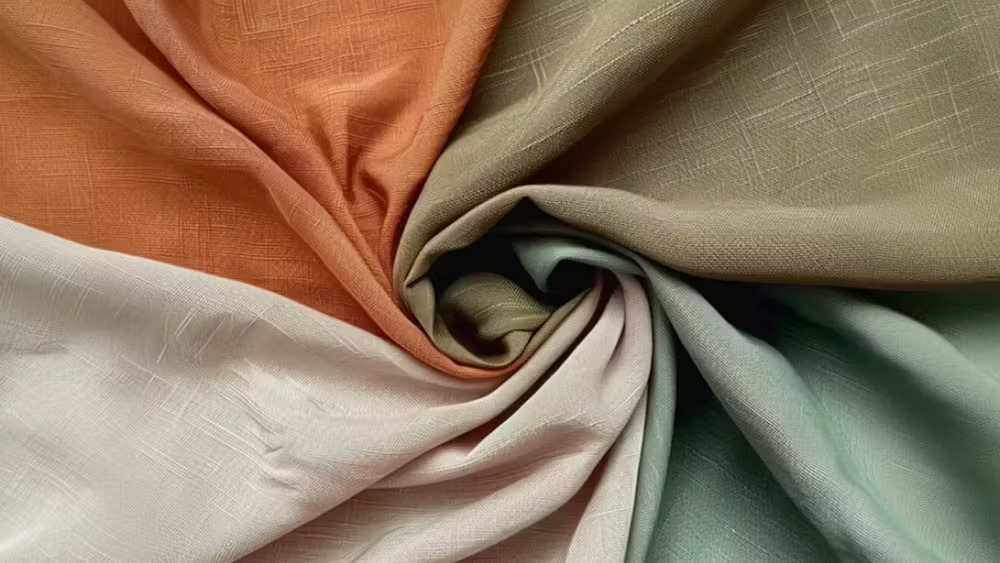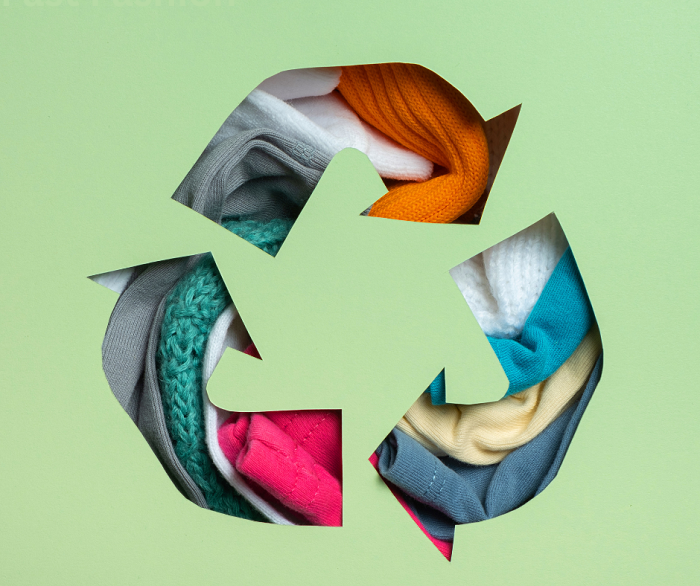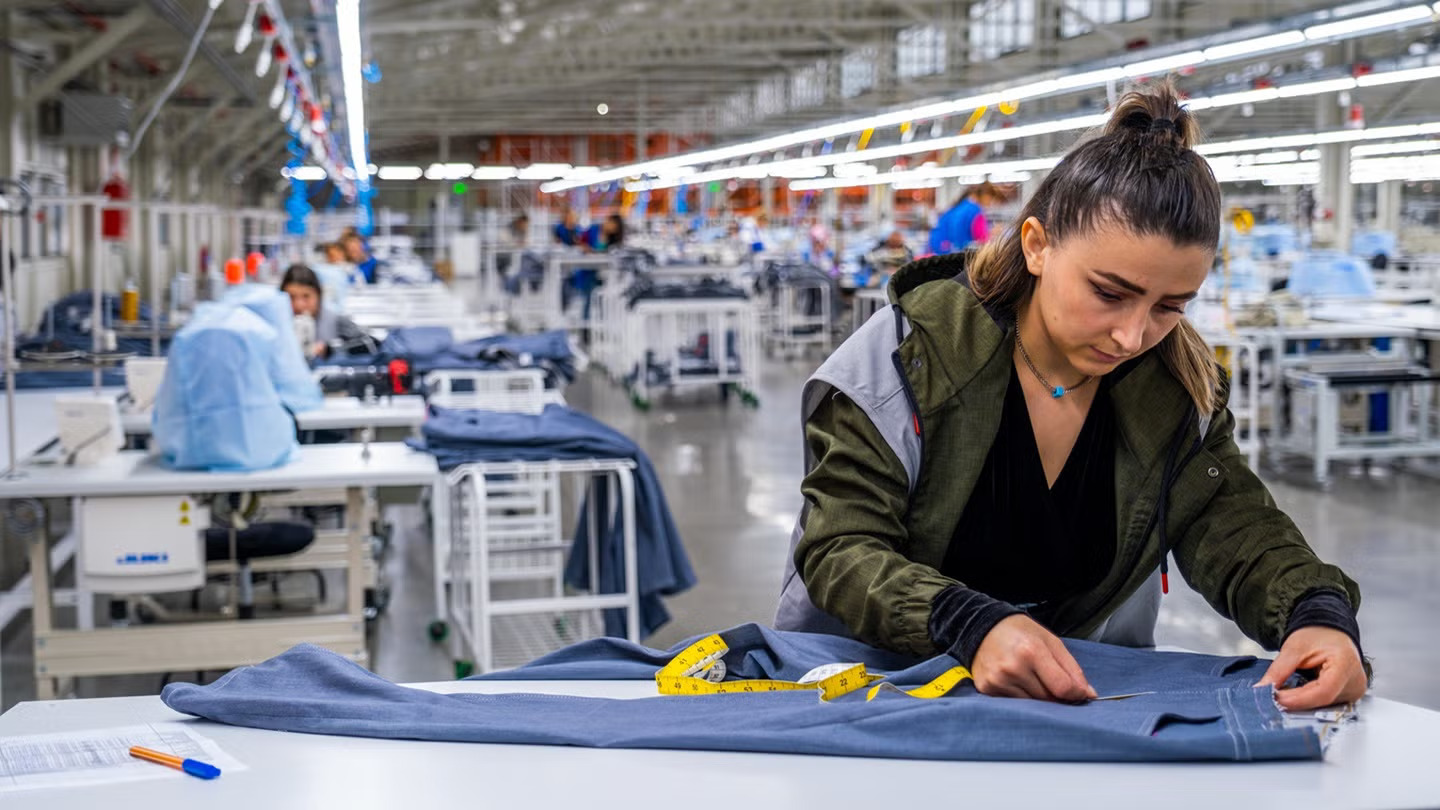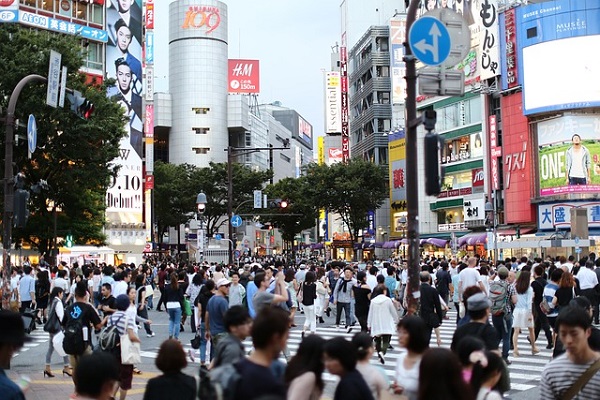
Fashion’s eastern-most centre is the island nation of Japan. Seeped in a rich legacy, adherence to tradition, a fearless approach in the new world order, armed with innovation, Japan’s attitude is also expressed through its unique, bold fusion of design and colour palettes in fashion. More often than not, the West’s collections are often influenced by Japanese fashion trends. In light of the passing away of two top Japanese fashion icons Issey Miyake and Hanae Mori in 2022, the industry faced an irreplaceable loss.
So what impact did these events have on Japanese fashion? According to Vogue, 2023 will continue paying homage to these two national fashion heroes through vintage kimonos and the Issey Miyake pleats, distressed patchwork, popcorn tops and a casual and vibrant interpretation of the Mori suits. Nigo. The popular Tokyo-based designer known for his urban street-wear is now on the rise as he presented his first collection as the artistic director of Kenzo, an LMVH brand, in Paris last month.
As a country that ranks 11th in the world order of nations that have taken the cause of sustainability seriously, sustainable fashion is being spearheaded by local designers through use of traditional methods combined with innovative production technologies
Motta Nai or What A Waste
Originating from a Buddhist belief that every object has intrinsic value and should be utilized for its full life cycle, the credo has been threaded throughout national culture for centuries. “Mottainai and handmade culture is everywhere in Japan," points out Kaoru Imajo, Director, Japan Fashion Week Organization. A number of Japanese fashion labels are channeling these traditional ideas in the name of sustainability, embracing centuries-old garment production techniques and pioneering new technology to reduce waste and lessen environmental harm throughout the production process.
In direct contrast to Japan’s efforts towards sustainable fashion, the irony is that Chinese fast-fashion brand Shein chose Tokyo for its first brick and mortar store in the world. The outlet opened on November 13, 2022, in the busy fashion precinct of Harajuku and the collection is designed with young Japanese consumers in mind. Apart from fulfilling their D2C commitment in Japan, Shein is now establishing its physical presence. The store is being used as a physical showcase as no direct purchase is possible – customers scan the QR code at the store and have their product shipped home as Shein continues its digital first philosophy. The industry gossip is that Shein might issue IPOs in the US and Japan in 2024. Shein has refused to comment on this matter though.
Itochu plays to its strengths
Recent news has it that Itochu, the Japanese conglomerate is bringing back popular brands Edie Bauer and Forever 21 to Japan this year. Itochu also acquired master license rights to many other brands, including Eddie Bauer, L.L. Bean and Forever 21 in 2022. In April 2022, the company acquired majority stake in Dome Corp, which represents Under Armour in Japan, and formed a joint management system with the US sports apparel company. Itochu also obtained the marketing rights and license rights to Reebok in May. In 2019, the company tookover Descente and improved its management. Itochu has understood the growth of the athleisure and sportswear market since the onset of the pandemic and is actively pursuing establishing its acquired licenses and pitting itself directly against Nike, Puma and ASICS in 2023.
India looking to emerge a strong sourcing destination
Tapping into the Japanese market India’s Apparel Export Promotion Council (AEPC) is organising the first edition of Upnext India 2023, starting with a Reverse Buyer Seller Meet with Japan. Being held in Gurugram, India on February 10 and 11, more than 50 prominent Japanese brands including Sumitomo, Toyoshima, Marubeni, Mitsubishi, United Arrows and MYK Fashion will be attending to source readymade garments from here. Over 75 Indian RMG manufacturers have confirmed their participation. This initiative is supported by the Commerce Department under the Market Access Initiative Scheme.
And as says Naren Goenka, Chairman, AEPC, in light of the fact that Japan is the fourth largest garment importer in the world, with its apparel imports being stable even during pandemic and Indian apparel having duty-free access under the Indo-Japan trade agreement as against 9 per cent for Turkey and 9.5 per cent for China, it makes business sense for Indian readymade garment manufacturers and exporters to participate in this opportunity. With total garment imports of Japan of $23 billion, against India's exports of $0.22 billion, a strong Indian garment industry with its unique offerings has a huge scope for Japanese trading companies to source from India, it added. Goenka points out Japanese companies have two competitive advantages as apparel sourcing base -- sourcing cost and flexibility and agility.

